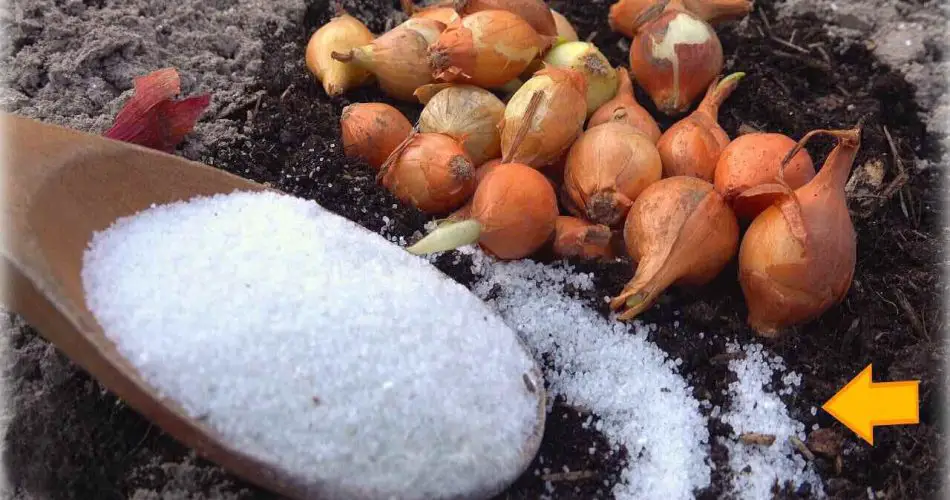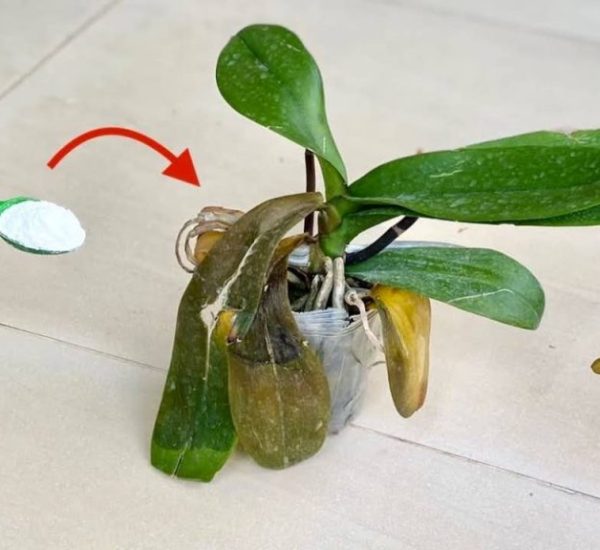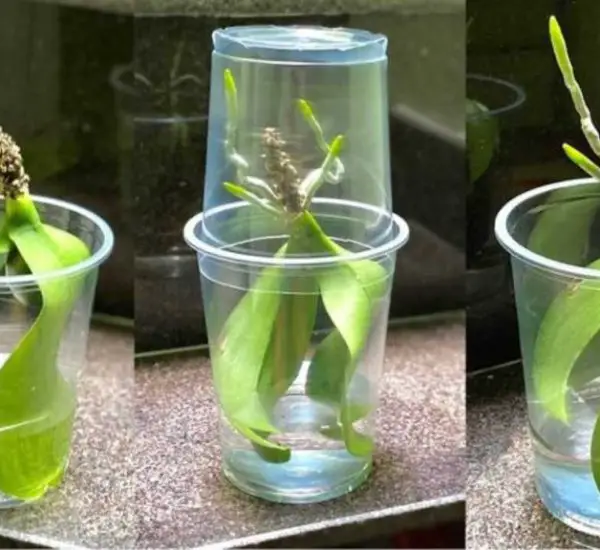Achieve Pest-Free Onions and Abundant Yields with a Special Supplement
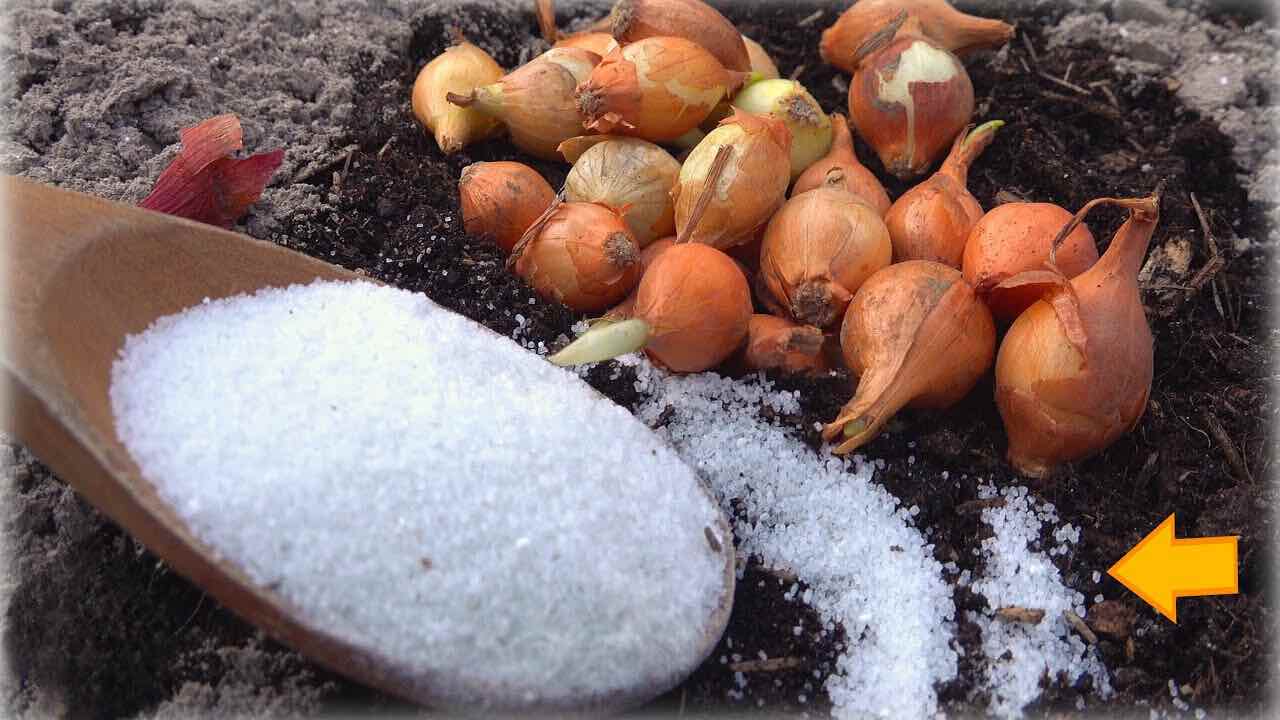
Discover the secret to growing onions with zero pests and a bountiful harvest. While it might seem premature to plant onions, we’ll unveil a supplement that ensures their healthy growth, free from problems caused by pests. Say goodbye to worries about parasites and read on to unveil the secret that promises an excellent yield. Explore the details in the following paragraphs.
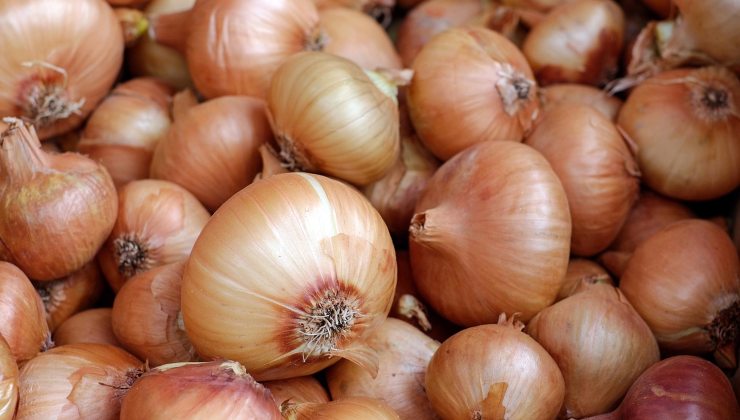
Planting Onions: Preventing Rot and Ensuring Healthy Growth
Although it’s currently early for onion planting, typically done around September and October, it’s never too early to equip yourself with the knowledge that will make your onions thrive without rotting. Whether you opt for seeds or existing onions, the key is a special supplement known as mycorrhiza—a fertilizer that transfers essential nutrients to plants, including copper, phosphorus, and zinc. Despite its slightly higher cost, the minimal quantity needed ensures a lasting supply, making it a worthwhile investment for your onion cultivation.
Application of mycorrhiza is as simple as seasoning with salt. The recommended dosage is 5 grams per plant, a measure easily determined with a small scale. Incorporate this supplement during planting, bearing in mind that soil renewal is crucial. Enrich the soil with humus, manure, organic material, and other essential elements before introducing the new onions.
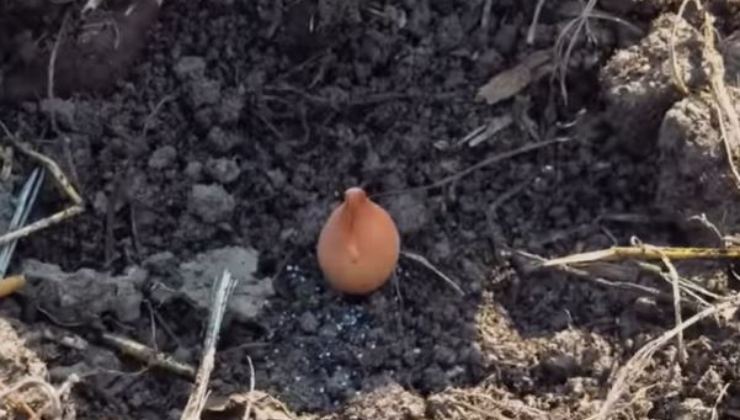
Preparing the Soil and Planting Onions with Mycorrhiza
To prepare the soil effectively, moving it is essential, and the addition of ashes complements the process excellently, benefiting onion growth. Ash serves as a protective shield against parasites. The quantity of ash required depends on the soil quality, with richer soil requiring less ash.
The planting procedure is straightforward. Create holes of about a fist’s depth, as onions don’t need to be planted too deep. Place the small onion or seedling into the hole, adding a small handful of mycorrhiza as mentioned earlier for each plant.

Ensure the onion sits atop the fertilizer, with its head resting on the mycorrhiza and the tail extending upward. Cover this meeting point lightly with soil. Following these steps, sprinkle ash around the onion, covering it with soil, and replace the ash on the surface. Creating a circle of ash around each plant forms a protective barrier against pests. Repeat this process for each onion to be planted.
By incorporating mycorrhiza and ash into your onion planting routine, you’re not only ensuring a robust and pest-free crop but also contributing to the overall success of your gardening endeavors.
